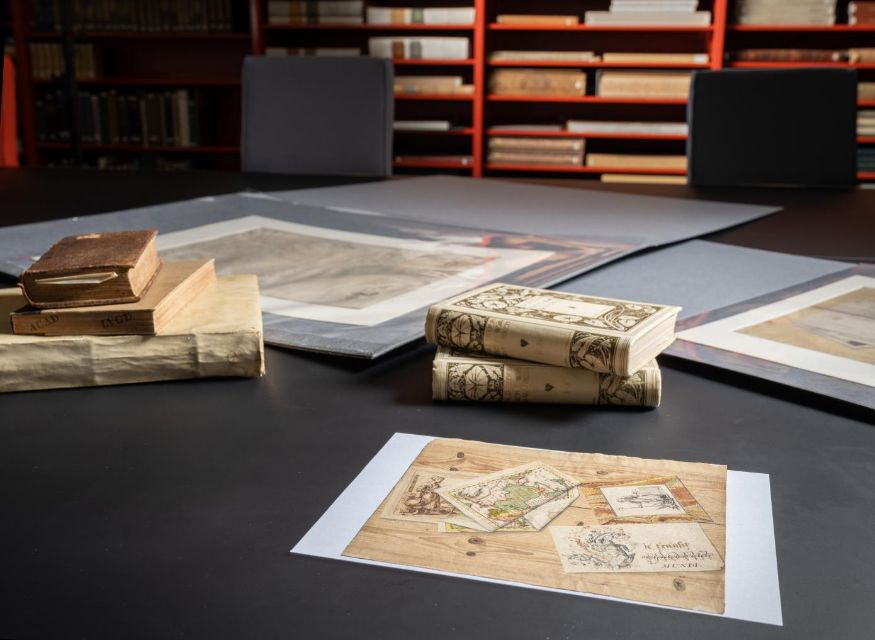As real as possible
Here you see two art prints, a calligraphed piece of paper with the words ‘sic transit gloria mundi’, and a crumbled up map in the middle. The wooden table, the folds in the map and the way the pieced are placed, might lead you to believe that this is real. But the viewer is misled. The wood and the pieces of paper are both painted by hand. By Willem Bilderdijk (1756-1831), who was mostly known as poet, but who clearly knew how to paint as well.
Nothing about this picture is a coincidence. What we are dealing with here is a trompe-l’oeil, or optical illusion, where the painter or artist tries to paint objects and pieces of paper as realistically as possible. As if you could just reach out and grab on of them. Popular especially in the 17th and 18th centuries, this art form is generally seen as a way for the artist to show off their talent.
The pieces here appear to be random and placed haphazardly, but there’s more to that story than meets the eye. The artist often used real objects and existing prints or texts, or objects from this own belongings, as an example. And through the placement of these objects, by highlighting - or leaving out - certain words or images, the artist could hide a message within his work.
